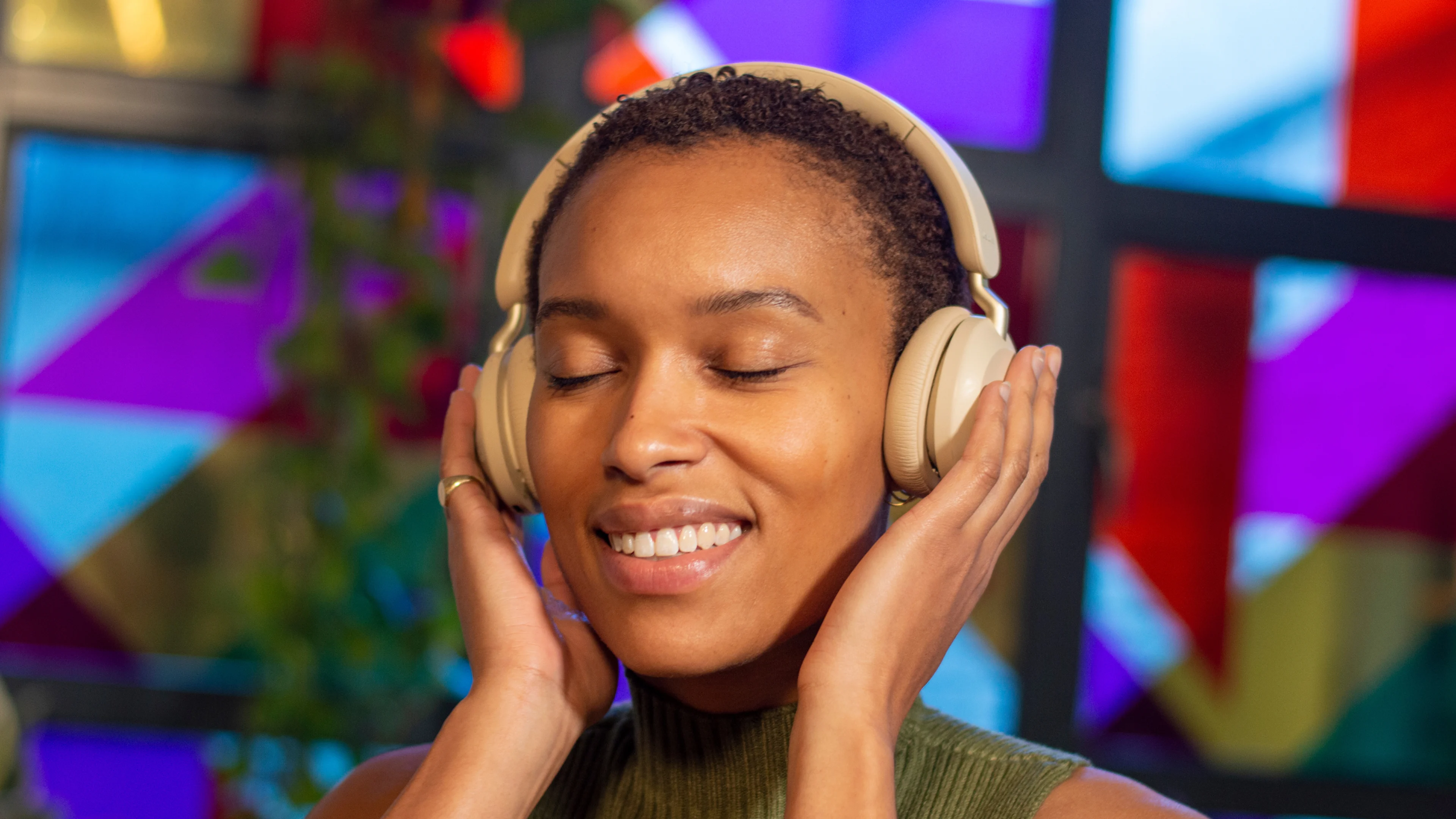Matched Audiences Amplify Your Digital Audio Ads—Here's How
One of the many advantages of digital advertising is targeting precision. With traditional media like broadcast radio, brands are dependent on some magical math and calculated promises to determine who their ads are reaching and how well their campaigns perform.
Now, with cookies crumbling as a data and tracking tool, you may be wondering how digital will maintain its advertising edge. For us, the answer is ethically sourced data. Digital audio offers advertisers the ability to reach more defined audiences using not only demographic information, but also first- and third-party data to create matched audiences.
Demographic Audiences vs. Matched Audiences
While demographic information groups audiences together based on broader criteria (e.g., age or gender), matched audiences use first- and third-party data to create narrower, more-defined audience segments (e.g., based on interests and behaviors).
In a new study, SiriusXM Media and MAGNA partnered to explore the value of using advanced data to reach digital audio listeners. Matched Audiences for Unmatched Audio Performance: Reaching the Right People Through Digital Audio compares these different types of targeting to determine how effective each is for making meaningful connections with audiences.
For study methodology, see the end of the article.
Audio Ads Make a Bigger Impression on Matched Audiences
The results were clear. While ads served to demographic audiences performed well, ads served to matched audiences did even better.
Ads Are More Memorable for Matched Audiences
Targeting is designed to be mutually beneficial for both audiences and advertisers. Brands can reach audiences who are more likely to be interested in their products and services. And listeners hear messages that are more likely to be relevant to them. So, it makes sense that targeting based on data that goes deeper than broad demographics makes a bigger impression on audiences. Both matched audiences built on first- and third-party data scored higher for unaided and aided ad recall.
Ads Served to Matched Audiences Drive Better Results
Messages—and advertising budgets—work harder for brands with matched audiences. Not only are ads delivered to matched audiences more memorable, but they also have a bigger impact on purchase intent. Third-party matched audiences delivered 3X more impact on purchase intent to those new to the category. And matched audiences were more cost-effective for driving intent.
Custom Messaging Ups Relevance and Sways Audiences
When you have a clearer picture of who you’re talking to, brands have the opportunity to create advertising messages that speak to them. As a part of this study, Studio Resonate created customized ads developed with matched audiences in mind. The goal was to determine if creative customizations are more likely to resonate with listeners (e.g., highlighting product features, choosing voice talent, and selecting music beds based on the selected audience).
Tailoring messages to matched audiences paid off, driving double-digit lifts over general market ads in this study. Among matched audiences, over six in 10 listeners thought the ads customized for matched audiences provide helpful information—+8 pts higher than general market ads. Looking at listeners in the discovery phase of the consumer journey, the customized ads delivered significant impact, with +12pts higher brand favorability.
Take Advantage of the “Digital” in Digital Audio
Even in a cookie-free future, digital audio gives brands the power to reach their consumers with the right messages at the right time. Matched audiences, sourced ethically through first- and third-party data, provide the opportunity to move beyond demographics alone to connect with listeners in meaningful ways. And when the ads are customized to speak more directly to these specific audiences, the messages resonate even more strongly.
Make Matched Audiences Work for Your Brand
Win listeners over. Create engaging digital audio experiences using the right data.
Leverage data for optimal reach and precision. Consult a third-party data provider to find your addressable sweet spot.
Customize to enhance relevance and impact. Collaborate with Studio Resonate to align your ad message with your audience.
Ready to find the right match for your next campaign? Let’s talk.
Study Definitions
Matched audiences leverage first- and third-party data.
First-Party Data: Collected directly from interactions between marketer and customer (e.g., a grocery retailer and a loyalty member), first-party data includes things like interests, behaviors, purchase history, and website activity.
Third-Party Data: Acquired from a data aggregator (this study worked with Acxiom), which does not directly collect data but obtains it from other companies, compiling it into a single dataset. This may include things like category status, psychographics, etc.
Study Methodology
Here’s how the study worked.
Experimental Design: Controlled ad effectiveness testing designed to measure the impact of using first- and third-party data for reaching audiences compared to using demographic data alone.
Sampling: Digital audio listeners from a nationally representative online panel. Study participants were identified for recruitment using database matching with the panel in a clean room.
Digital Audio Listening: Listeners were served test and control ads based on pre-randomization when they chose music playlists based on their interests.
Brand Lift: Participants were surveyed to measure the impact on brand metrics and gather feedback on creative.
Related Insights
 Streaming
StreamingThe Role of Contextual Advertising in Streaming Audio
Dec 18, 2025 Audience
AudienceCelebrating Diversity & Opportunities in Black Music
Dec 16, 2025 Digital Audio
Digital AudioThe Ultimate Guide to Audio Advertising
Dec 15, 2025 Audience
AudienceNow Spinning: Black Music Is Bringing the Heat This Winter
Dec 15, 2025







